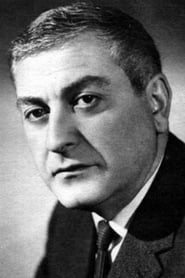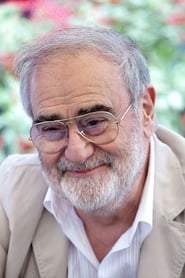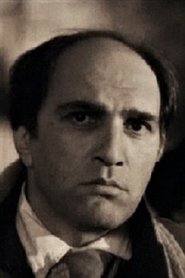
The Way Home
The film is set in southern Georgia during Ottoman control, where inhabitants, who were driven from their homes due to enemy invasions, try to return home through different means. One of these inhabitants is the young scholar Antimoz.
- Overview
- Cast
- Crew
- Recommendations
The Way Home
- Overview
- Cast
- Crew
- Recommendations
Status
Released
Release Date
Jan 4, 1981
Runtime
1h 18m
Genres
Drama, History
User Score
44%
Original Title
გზა შინისაკენ
Production Companies
Georgia-Film
Director
Aleqsandre Rekhviashvili
Description
The film is set in southern Georgia during Ottoman control, where inhabitants, who were driven from their homes due to enemy invasions, try to return home through different means. One of these inhabitants is the young scholar Antimoz.
Cast
Crew
Recommendations
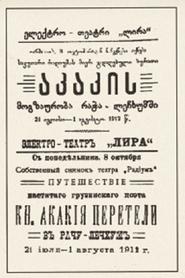
Journey of Akaki Tsereteli in Racha-Lechkhumi

A Chinese Ghost Story II

...Re
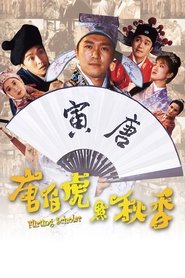
Flirting Scholar

Mamma Roma

Florence Fight Club
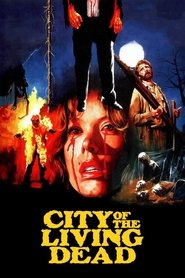
City of the Living Dead
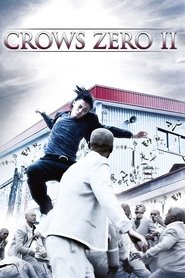
Crows Zero II

Mister Lonely
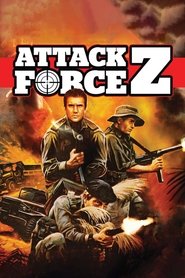
Attack Force Z
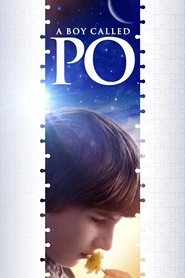
A Boy Called Po
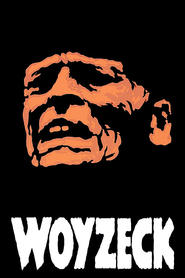
Woyzeck

Hoop Dreams

Colonel Wolodyjowski
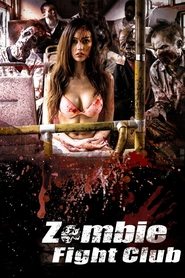
Zombie Fight Club
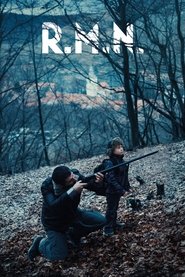
R.M.N.

Bill Burr Presents: Friends Who Kill
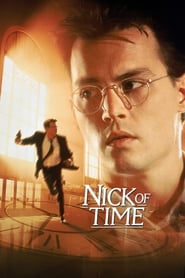
Nick of Time
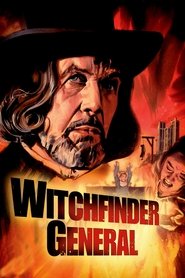
Witchfinder General


